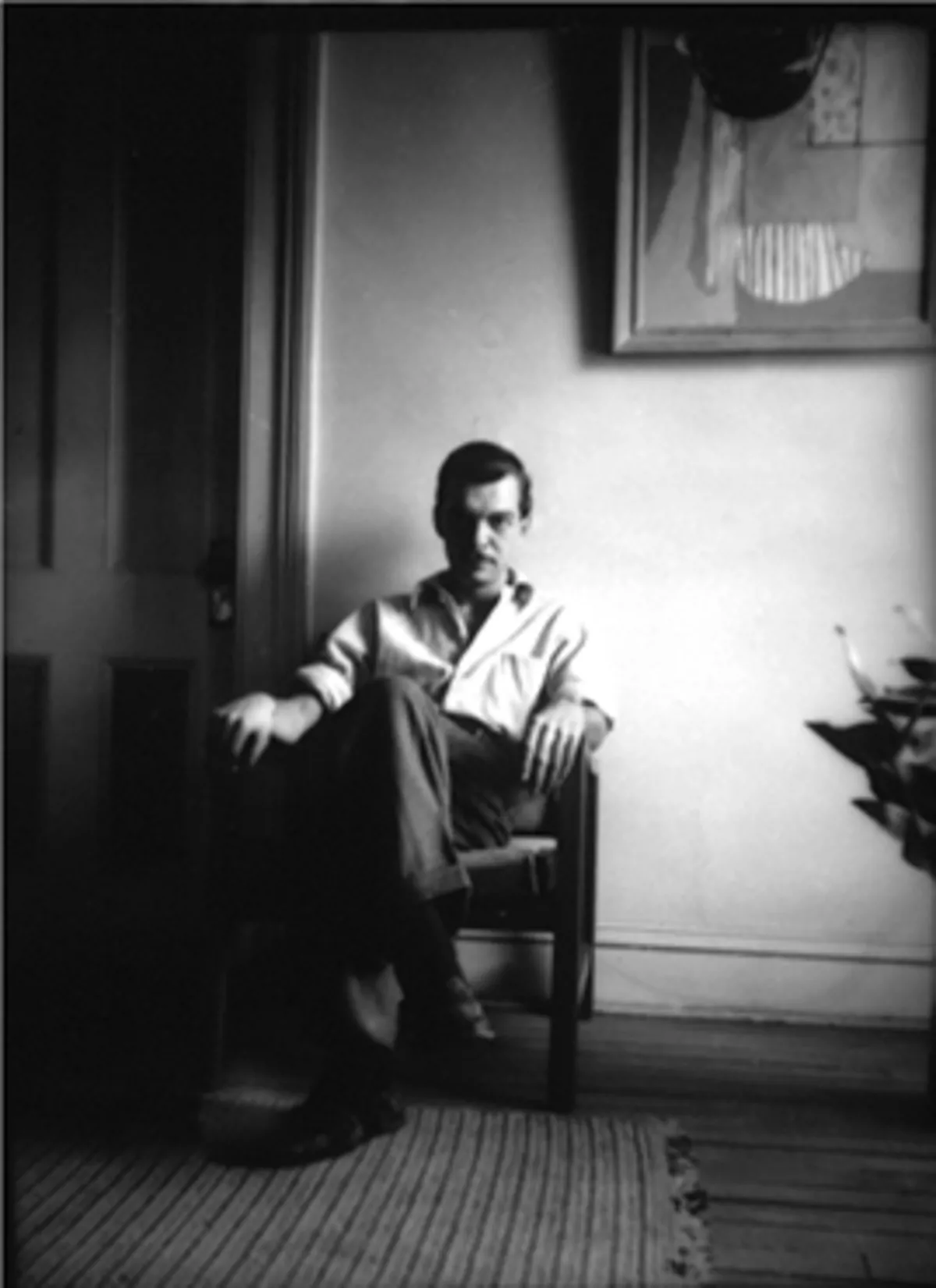 1.
1. Harry Weldon Kees was an American poet, librarian, painter, literary critic, novelist, playwright, jazz pianist, short story writer, and filmmaker.

 1.
1. Harry Weldon Kees was an American poet, librarian, painter, literary critic, novelist, playwright, jazz pianist, short story writer, and filmmaker.
Weldon Kees's work has been immensely influential on subsequent generations of poets writing in English and other languages and his collected poems have been included in many anthologies.
Weldon Kees was born in Beatrice, Nebraska, to John Kees, a hardware manufacturer, and Sarah Green Kees, a schoolteacher.
Weldon Kees was a precocious child whose playmates included Robert Taylor and whose pastimes included producing his own magazines, giving puppet shows and even acting.
Weldon Kees was treated like a small adult by his parents, whom he addressed by their first names.
Weldon Kees transferred to the University of Missouri, which had a writing program, and then to the University of Nebraska, where he was mentored by the founding editor of the literary journal Prairie Schooner, Lowery C Wimberley.
In 1937, Weldon Kees moved to Colorado to earn a degree in library science at the University of Denver, which included working as a librarian at the Denver Public Library.
Weldon Kees then became director of the Bibliographical Center of Research for the Rocky Mountain Region, which was used as a model for a national union catalog.
In early 1941, Kees signed a provisional contract with Alfred A Knopf for a novel, Fall Quarter, an academic black comedy about a young professor who battles the dreariness and banality of a staid Nebraskan college.
From this point on, Weldon Kees turned from fiction to writing only poetry.
Weldon Kees had, during previous visits, made contacts with literary figures such as William Carlos Williams, Edmund Wilson and his then wife Mary McCarthy, Saul Bellow, Dwight Macdonald, Allen Tate, Lionel Trilling, and many others.
Weldon Kees became involved with the so-called the Irascibles, a group of controversial artists led by Robert Motherwell and other prominent Abstract Expressionists who boycotted a modern art exhibit sponsored by the Metropolitan Museum of Art.
From 1951 to 1954, Weldon Kees made many new contacts as well as renewed old ones in the San Francisco Renaissance, among them Kenneth Rexroth and the founder of City Lights Bookstore, Lawrence Ferlinghetti.
Restless and often estranged from his poetry, Weldon Kees began to collaborate with the jazz clarinetist Bob Helm in 1953 on ballads and torch songs.
Helm had played with Lu Watters and Turk Murphy, both prominent figures in the San Francisco's New Orleans Revival Movement, which Weldon Kees preferred over Bebop.
Weldon Kees even had two more one-man shows in New York as well as shows in San Francisco, including an impressive installation at the California Palace of the Legion of Honor.
Weldon Kees had exchanged his film camera for a still camera, and began taking the photographs that would illustrate the book Nonverbal Communication, which he wrote with Jurgen Ruesch, psychiatrist and semiotician.
Weldon Kees had been taking barbiturates for the past two years, which had intensified his episodes of manic depression.
Weldon Kees even confessed to have tried jumping over the rail of the Golden Gate Bridge, but he could not physically manage it.
Weldon Kees talked of going to Mexico as an alternative, a country that fascinated him in books such as Malcolm Lowry's Under the Volcano.
Weldon Kees returned to his home in the Marina District on the evening of July 17,1955.
Weldon Kees took a call from Grieg, who told Kees of a possible job offer.
Weldon Kees telephoned a friend, the memoirist Janet Richards, seeking her company.
On July 19,1955, Weldon Kees's car was found deserted on the Marin County side of the Golden Gate Bridge.
The reputation of Weldon Kees has seen as much neglect as it has keen attention.
Weldon Kees's letter found its way to Kees's father, John, who eventually gave Justice permission to compile and edit The Collected Poems of Weldon Kees, which was released as a trade paperback in the 1960s.
Weldon Kees's work attracted the attention of other younger poets and his work gradually became anthologized and received critical attention.
Weldon Kees has attracted admirers who have commented at length about his poetry.
Evidently, Weldon Kees did not feel the imperative of arrythmia so palpable among his less memorable peers, not to mention successors.
Anthony Lane, the film critic of The New Yorker, has written in kind about Weldon Kees's enduring body of work, especially in regard to the Robinson poems:.
Weldon Kees is everything that Weldon Kees dreaded, as well as everything that he suspected he ought to be.